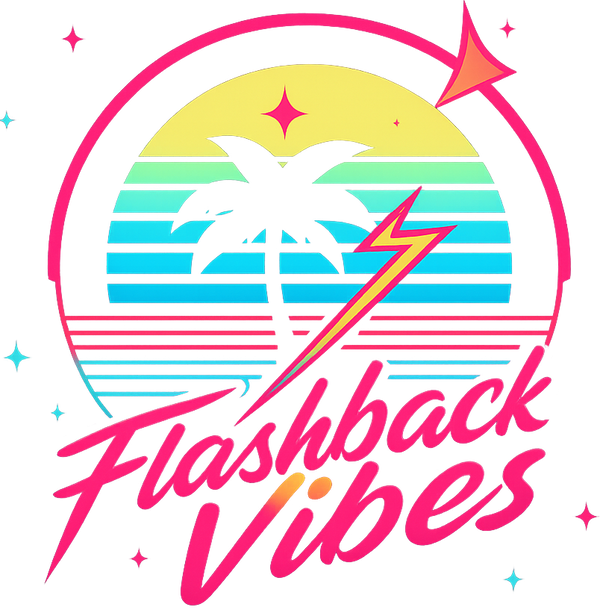The Legacy of Charleston Dance Moves
Introduction:
Do you remember the excitement of a Roaring Twenties themed party, or getting ready for a Gatsby-style celebration? The allure of flapper dresses, feathered headbands, stylishly tipped fedoras, and, most importantly, the dance floor brimming with glamorous Charleston dance steps? The Charleston dance, a symbol of liberation and joy, took the world by storm during its inception in the twenties and remains popular today, inspiring dancers worldwide. This blog takes you on a whimsical ride through the origin, evolution, and lasting impact of the vivacious Charleston dance moves.
Background Information:
The Charleston dance originated in the early 20th century in Charleston, South Carolina. It was named after the city by composer James P. Johnson, whose song “Charleston” popularized the dance nationwide. Capturing the spirit of Jazz Age, it was scandalously energetic, reflecting the era's spirit of rebellion and flouting of societal norms, forever changing the face of social dancing. Key influencers of the era, like world-famous flapper Louise Brooks, actor Joan Crawford, and legendary dancer Josephine Baker, brought Charleston into the limelight with their captivating on-screen performances.
The Charleston had a profound impact on dance forms that followed, from Lindy Hop to modern-day Swing. The iconic dance moves, infused with exuberance and liberation, have continued to influence popular culture and inspire new dance trends even today.
Key Features & Nostalgic Impact:
The unforgettable moves of the Charleston include fast, loose-legged swinging of the knees and ankles, a characteristic "heel-and-toe" tap, and playful arm gestures that seemingly invite everyone to share in the joy. It's a dance style that whispers the story of a generation that celebrated life with individuality, sheer joy, and undeniable spunk. There’s something utterly nostalgic and joyous about watching, or better yet, dancing the Charleston. It transports one back to a livelier time, filled with the echoes of Jazz music and wild laughter.
Modern manifestations of Charleston can be seen everywhere, from current dance shows to 1920s themed parties. Its influence has also been significant in helping shape the evolution of group dancing styles and competitions globally.
Incorporating Retro Trends into Modern Life:
While it is fierce and fast, most Charleston moves can be adapted for beginners. Taking a Charleston dance class can be a great way to engage with this vintage trend. For a fun retro workout, combine the iconic Charleston steps with your modern-day cardio, and dance off to your heart's rhythm. Also, don't forget to bring a touch of the 20s style into your outfit – knee-length flapper dresses for ladies and tailored suits for men – for those themed parties.
Tips & Fun Facts:
Did you know that the Charleston dance was initially considered quite scandalous due to its high-energy moves and joyful defiance? It was seen as a rebellious expression of the younger generation, hungry for change and freedom from convention.
Conclusion:
From its roaring inception in the 1920s to the perpetual impact it has left on dance culture, the legacy of Charleston dance moves has lived on, standing as a testament to an era of extraordinary change. It serves as a fun, retro reminder of an era that was indeed bigger than life. Do you have any memories associated with the Charleston dance, or have you ever tried dancing it yourself? Don’t forget to share your stories in the comments below – we can't wait to hear them! Do share this post with fellow retro-enthusiasts and bring back the magic of the Roaring Twenties!
SEO Considerations:
Keywords: "Charleston Dance", "Retro Dance Trend", "1920s"
Internal Links: Add links to other articles on the blog discussing retro fashion, 1920s history, or other popular dances of that era.
External Links: Include links to dance tutorials or profiles of key figures mentioned.
Meta Description: Uncover the undeniable charm of Charleston dance, a timeless retro trend echoing the spirit of the Roaring Twenties, and learn how it continues to inspire modern dance culture.
